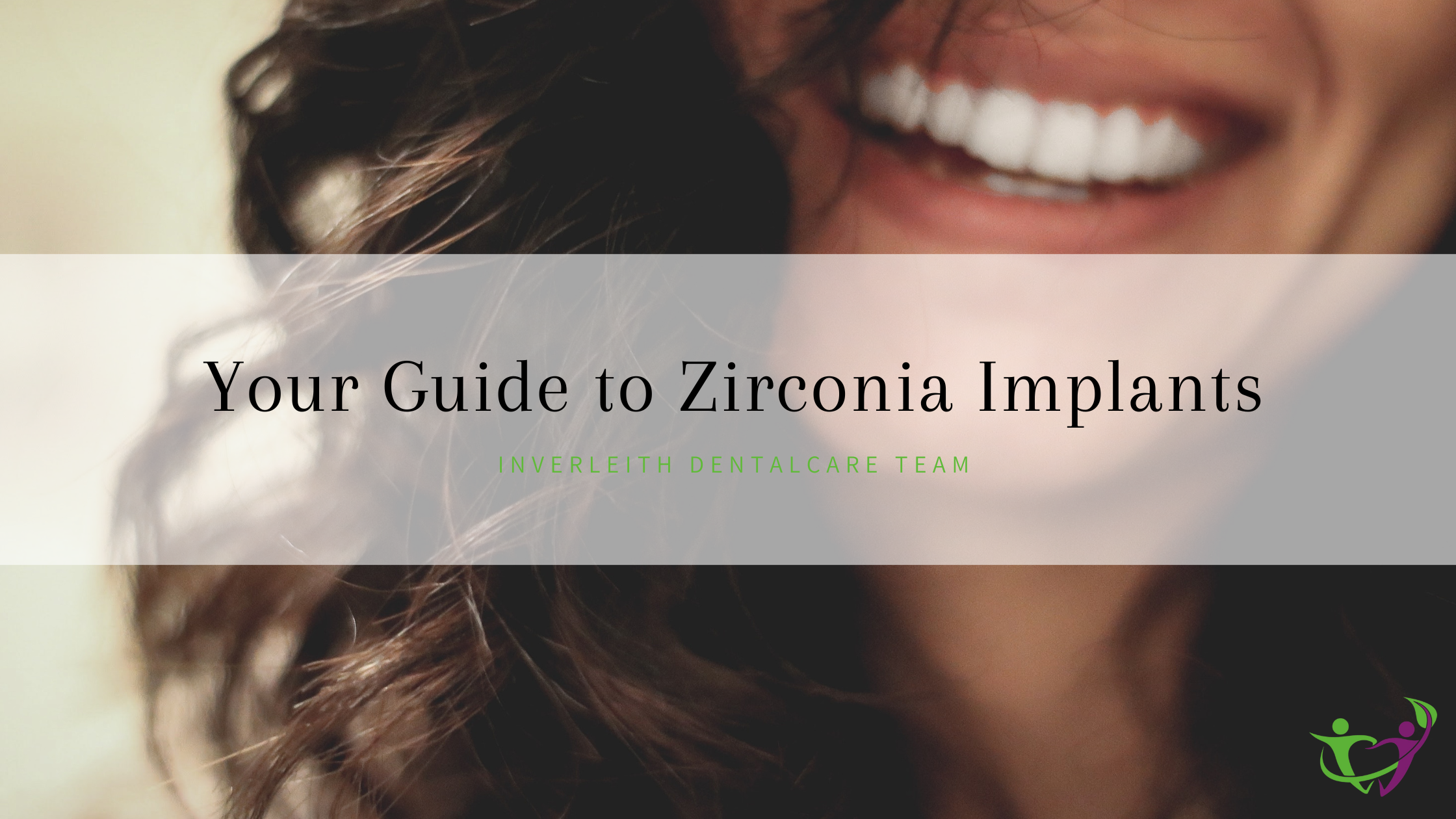As the general public becomes more health conscious and are able to easily access credible information thanks to the internet; they are searching for more natural healthcare methods and modalities that consider their whole-body health. This, as opposed to solutions which might address one problem whilst contributing to the creation of more in other areas. A case in point being medications.
Medical drugs are often non- specific because they target a range of receptor or bodily processes (controlled by similar receptors). So, whilst they might “address” one of issues which is your presenting symptoms, they might end switching off other functions. The result – you have addressed the symptoms of a presenting complaint and then setup further problems further down line. Ideally, we need to treat the root cause, not just the symptoms.
So how does this relate to our dentition? Loss of the teeth due to the infections or diseases that can afflict our dentition is one of the most common ailments that the human being can suffer. We previously accepted this degradation due to loss of function as people lost teeth or attempted to replace the missing teeth with a plastic prosthetic alternative thus rendering them dental cripples. No teeth meant a shrinking away of the jawbone resulting in premature aging.
However, we’ve progressed to the point where we can predictably use the jaw bones to restore function like what it used it to be before the loss of the teeth. We discovered that we could insert titanium and the bone will grow and connect so that we can use these inserts to hold a tooth or teeth. Life enhancing but there is a caveat. Isn’t there always? We are using titanium and whilst this appears that most people are fine with this, more and more people are concerned about having metal in their jaws so close to their blood vessels. They are worried about interactions with heavy metals with their body. Is this a reasonable argument?
Consider two people standing in a field surrounded by pollen. Whilst one enjoys the vista the other one is plagued by fits of sneezes, steaming nose, itchy eyes – hay fever! So, is it really the pollen or is it something else? Whilst the presenting symptoms may result from exposure to pollen it has probably resulted due to a bombardment of multi-pollutants such as air borne heavy metals, food, chemicals that we are in contact with daily such as soaps, shampoos, creams, toothpastes, and many others.
So again! What is this got to do with our dentition? Well, the gold standard to replace our failing or lost dentition is dental implants. The majority of the solutions are titanium based or alloys of therein. Why titanium? This material was accidentally discovered as having the ability to allow bone to grow and connect with it. That was 70 years ago and for many this life enhancing discovery has improved their quality of life markedly in terms of better health through better eating, confidence in communication and relationships as the prosthesis doesn’t need be removed like natural teeth.
But like any discovery first we use it in its purest form; then we try to improve its properties by treating the surface, so it attaches faster and better. In the case of titanium this was achieved using surface treatments such as acid etching, sandblasting, chemical treatments. Different implants, different methods. Some started using alloys to improve the properties such as aluminium, vanadium etc or even to develop cheaper products.
This resulted in rougher surfaces with greater surface area all with the purpose of stronger and tighter bone contact. What most people don’t realise is that your dentition regularly experiences loads of 90-100 kg. It’s designed to manage these comfortably. This is because the technology surrounding the humble tooth is exceptional. So exceptional that we still can’t recreate the whole structure. Each tooth has a periodontal ligament surrounding like a shock absorber. If stretched this would have the surface area of a football field! The tooth is suspended in the bone using millions of small collagen fibres. These fibres mean that within reason, you can put heavy loads on these teeth in different directions. The teeth have different types to of tissues such as enamel, dentine, root cementum all designed to impart different benefits. But the best of all they have a blood supply and nerve supply. This means nutrients to feed the structures as well warning if the structure is becoming overloaded. It’s like the fanciest pressure receptors.
Now looking at titanium implants – you get the bone connection which means the ability of heavy loading. But we can’t rebuild the periodontal ligament or the blood supply so that it is possible to overload the system without any pain feedback to stop you. But remember it gives you the ability to eat and taste like you did before without worrying about what’s on the menu; it gives you back your confidence to communicate and laugh without worrying about your teeth; it allows you to be confident without worrying about your teeth falling out or god forbid falling to your partner’s mouth!
So, whilst structurally acceptable is it titanium biocompatible or even bio-inert?
But what about these allergies or sensitisation that people are talking about? Now whilst you know that we use titanium in implants and many structures because it is lightweight and well-functioning, did you know that it’s also used in many of the foods that you consume? Confectionary, cosmetics, toothpaste, bakery, and some cheese products. So constant exposure to this ubiquitous material results in assault to the immune system. People who are prone due to the points discussed previously may start exhibiting these sensitivities. Furthermore, the surface treatments leave the implants very rough with shards of metal sticking out. As discussed, this is done to improve the surface connection with the bone, but the downside is that these shards of metal can tear off into the bone potentially starting an immune response event. Your immune army doesn’t accept tear-aways, lightly. It will mount a response to deal with the miscreants by enveloping within cells called macrophages and dispose of them. But now the immune system recognises and so each interaction will be escalated.
So, what is the alternative? You might have noticed zirconia being mentioned. That’s Zirconia (which is a crystalline, ceramic structure harder than metal) not zirconium which is a metal.
It’s been available in the present form for approximately 20 years. It is a predictable metal- free solution. It is used much more in advanced dental societies such as Switzerland, Germany and Scandinavia and parts of the US. Not so much in the UK.

What are the benefits?
- It’s bioinert. It doesn’t react with the immune system.
- It encourages the skin to connect with it thus forming an effective barrier like natural teeth.
- It forms as strong a connection with the bone as a titanium-based implant.
- It doesn’t corrode as it is a crystalline structure.
- It is white and so very aesthetic. No greyness through the skin.
- If a rough metal implant becomes exposed it will result in inflammation, pus, and bone loss. With a zirconia implant exposure does not cause or pus.
- It encourages better blood supply surrounding it, closer to that of a natural tooth than a titanium implant.
- When it comes to connections the tooth that goes on top is as bioinert above ground as is the implant, below ground. It can be cemented like a natural tooth.
- Its surface can undergo similar treatments to metal implants as well as using lasers to modify the surface so no surface contaminants for the body to have to deal with.
So, if it’s so great why have the implant surgeons in the UK been slow to uptake? New technologies take time to show results but there is strong 15-year data and with each generation it gets better. It was a similar situation in 1998 when I started to predominately offering metal free composite solutions for dental restorations (fillings). Many of my colleagues questioned the need for this. Especially since we had a product that had been used successfully for over 100 years (dental amalgam). But what about the 50% mercury content. “It’s bound up”, they said. But then why does it corrode? How can anything withstanding crushing forces which change in milli-seconds and extremes of heat and cold not to mention the extremes in acidity and alkalinity (pH changes)? Why are more and more patient’s claiming sensitivity and numerous side effects? In the end it was the patients that drove the change. It got banned in a number of countries but it’s still available in the UK. Though thanks to social media it is a dying breed for a different reason. The amount of readily available training courses on how to use metal free restorations coupled with the fact that grey metal teeth aren’t going to get many clicks on Instagram!
Is this the time for zirconia implants after all zirconia crowns have been in function for about 20 years and regularly used as they can be thin (so little alteration of the tooth), they are stronger than metal and much more aesthetic. It’s the public which vote with their feet which will bring the change. Get ready for the revolution, and look into our implant solutions!
Book your appointment here!


